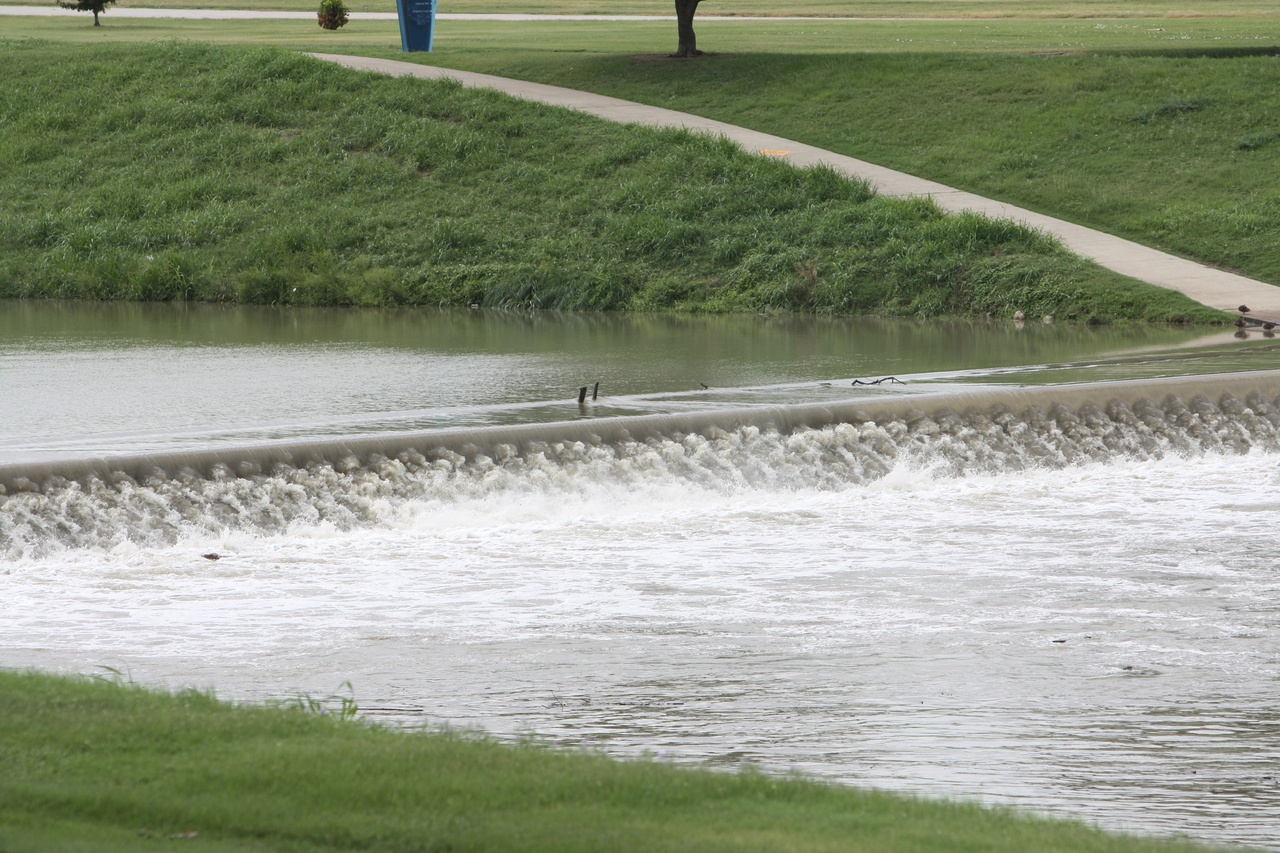
By now, you might be asking yourself “why are native plants so important?”
Let’s take a deeper look at native plants and why we think everyone should plant them in their garden. Do you remember what a native plant is? The U.S. Department of Agriculture (USDA) defines a native plant as “a plant that lives or grows naturally in a particular region without direct or indirect human intervention.” AKA plants that have been in a region for thousands of years.
Since Texas is so large, no two regions have the same native plants. Think about how different east Texas and west Texas are. East Texas receives a lot more rain compared to west Texas. You would not see plants that thrive in the west also thrive in the east because those plants have evolved and adapted to that specific region. This brings us back to our main question. Why use native plants? Benefits.
Benefits that come from using native plants:
- Native plants require low maintenance. Once their root system is established in the ground, they require very little maintenance.
- Conserve water. Native plants require less water because they have adapted to their region. Less watering saves you time and money since you are not outside at all hours of the night trying to resuscitate your plants. Not only are you conserving water, but you are also out of excuses as to why you are not getting your 8 hours of sleep!
- Native plants have so many vibrant colors that provide beauty to your gardens. There is a reason why the plants are so colorful, which is to attract pollinators. The plants provide nectar for hummingbirds, native bees and butterflies.
We barely scraped the top of the barrel on why native plants should be used, but hopefully this has piqued your interest to research more about native plants. Texans are known for their Texas pride, so shouldn’t that also include Texas native plants too?


